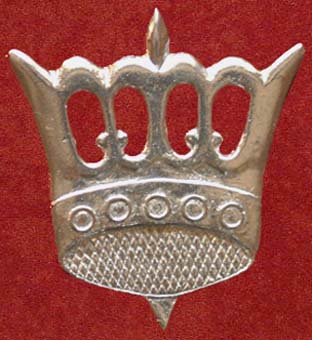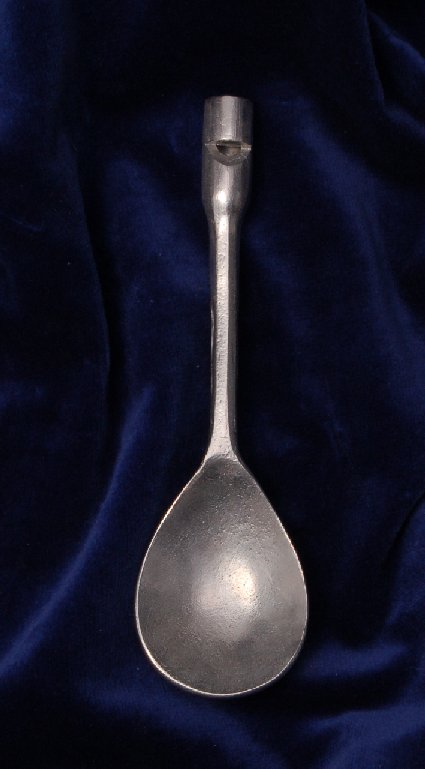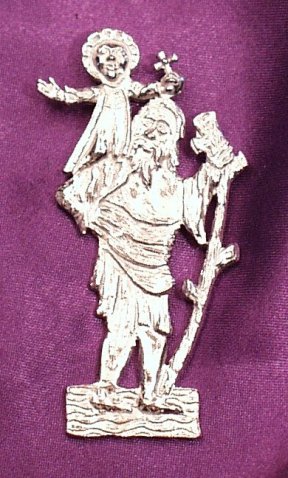
It’s probably Chaucer’s fault that we associate Valentine’s Day with romantic love.
February 14th was a day to remember the deeds and martyrdom of Saint Valentine, with no particular romantic significance, until Geoffrey Caucer penned ‘Parlement of Foules” (Parliament of Fowles) in 1381. Chaucer’s poem describes all of the birds being brought together by mother nature on Saint Valentine’s Day to choose their mates.
This noble emperesse, ful of grace, Bad every foul to take his owne place,
As they were wont alwey fro yeer to yere, Seynt Valentynes day, to stonden there.
By mid February, as winter frosts thawed, people would see birds becoming more active around them, seeking each other out. Medieval people took to the idea of a day in late winter where we seek out a mate and bring them shiny gifts, and St Valentines Day has become cemented as a secular celebration of romantic love.
The rebrand hasn’t been bad for St Valentine, with many modern people celebrating his saint’s day long after St Frumentius and St Godelva passed into obscurity.







